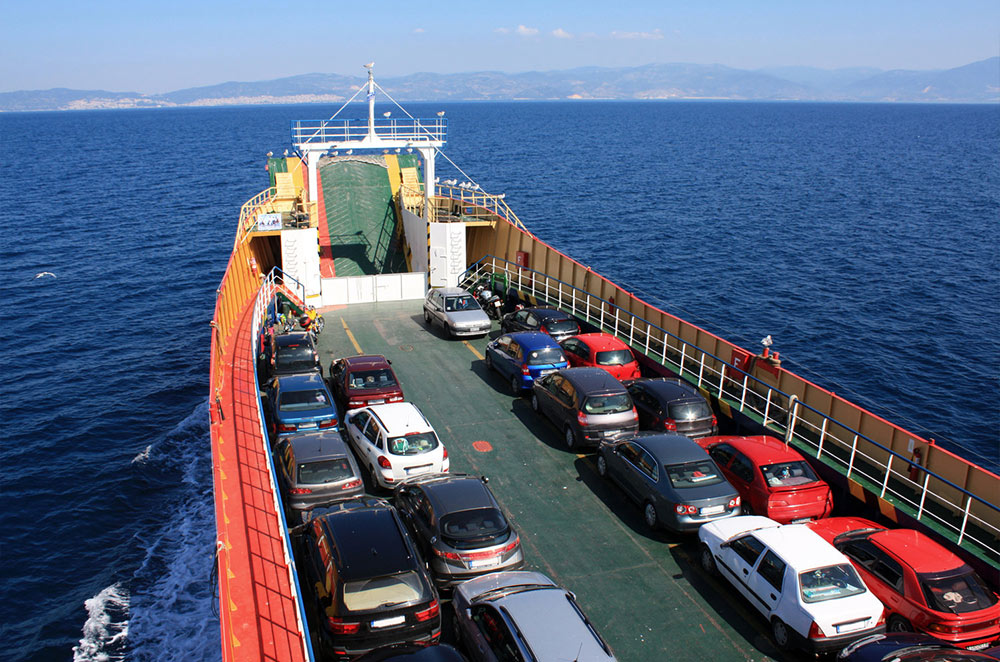
For the more traveled of us out there, inter-island vessels, or “roros” are available to allow vehicles to cross waters that are otherwise inaccessible via bridges or roads. It’s also a great way to skip the traffic on land and go straight to your destination.
If you’ve taken the necessary steps to protect your car, which may include a bit of paint protection or even comprehensive insurance, the question arises, when out at sea, is paint protection all you have against damage?
What does standard car insurance cover?
While you can travel anywhere in the Philippines and still be taken care of by your insurance policy, this extends only to the roads and highways of the country. The moment your car leaves the road, your insurance policy may need an add-on if it is available.
The use of an inter-island vessel comes with its share of risks. If your car is not secured properly on the boat and it bumps into things, then it’s likely that the insurance company won’t cover the damage.
What does insurance cover?
For the most part, comprehensive insurance policies cover vehicle usage on public roads and highways. It’s important to know exactly what your insurance policy provider covers, and whether or not there’s an add-on that allows such a use case.
Comprehensive insurance provides the best protection for your vehicle, but that doesn’t mean that it will be covered should the damage occur on a “roro.” However, there is an alternative that you can get and inquire about, and that is marine insurance.
What is marine insurance?
Marine insurance covers damage that may occur onboard a vessel. If you find yourself on boats with your car, you may want to consider this insurance or inquire whether a similar add-on is required for coverage, or inquire if the standard comprehensive insurance policy covers damage on-board vessels. Otherwise, you would want to invest in a Marine Insurance policy.
The coverage of most marine insurance policies includes protection against loss or damage to “vessels, craft, aircraft, vehicles, goods, freights, cargoes, merchandise...in respect to, appertaining to, or in connection with any and all risks or perils of navigation, transit, or transportation,” according to Section 101 of the Insurance Code.
Latest Features
-
The 6 things every Ford Ranger must pass before it leaves the factory / Featured Article
Every Ford Ranger, from the base model to the Ranger Raptor, goes through a full inspection process before it leaves the factory. This includes six steps that make sure it’s ready to drive a...
-
Which GAC AION EV is best for your everyday lifestyle? / Featured Article
The GAC AION lineup has something for everyone, maybe you're after space, speed, or just a smooth city drive. Here's a quick breakdown of which model might work best for your day-to-day life...
-
The AutoDeal Awards 2024: Celebrating excellence in the auto Industry / Featured Article
The AutoDeal Awards 2024: Celebrating excellence in the auto Industry
Popular Articles
-
Cheapest cars under P700,000 in the Philippines
Jerome Tresvalles · Sep 02, 2024
-
First car or next car, the Ford EcoSport is a tough package to beat
Jun 18, 2021
-
Car Maintenance checklist and guide – here’s everything you need to know
Earl Lee · Jan 12, 2021
-
Most fuel efficient family cars in the Philippines
Bryan Aaron Rivera · Nov 27, 2020
-
2021 Geely Okavango — Everything you need to know
Joey Deriquito · Nov 19, 2020
-
Family cars in the Philippines with the biggest trunks
Sep 20, 2023
-
Head to head: Toyota Rush vs. Suzuki XL7
Joey Deriquito · Oct 28, 2020
-
Why oil changes are important for your car
Earl Lee · Nov 10, 2020
-
2021 Kia Stonic — What you need to know about it
Joey Deriquito · Oct 16, 2020
-
Top 7 tips for buying a used car in the Philippines
Joey Deriquito · Nov 26, 2020




